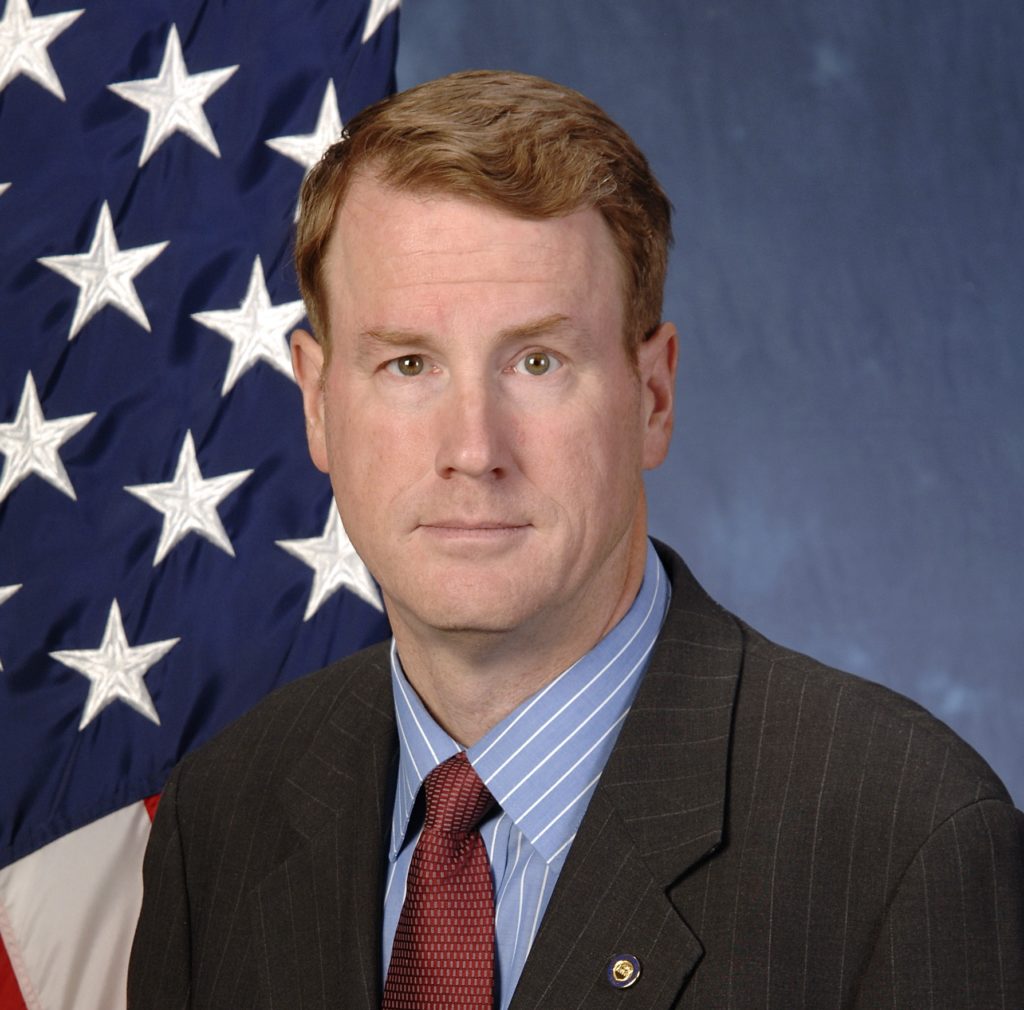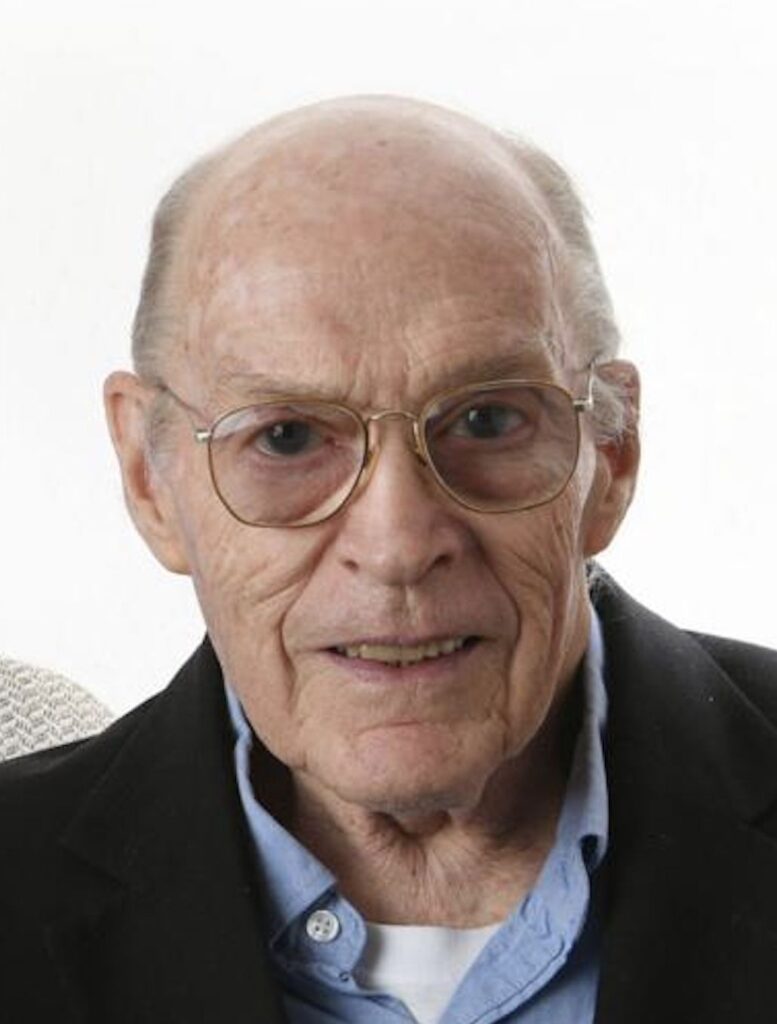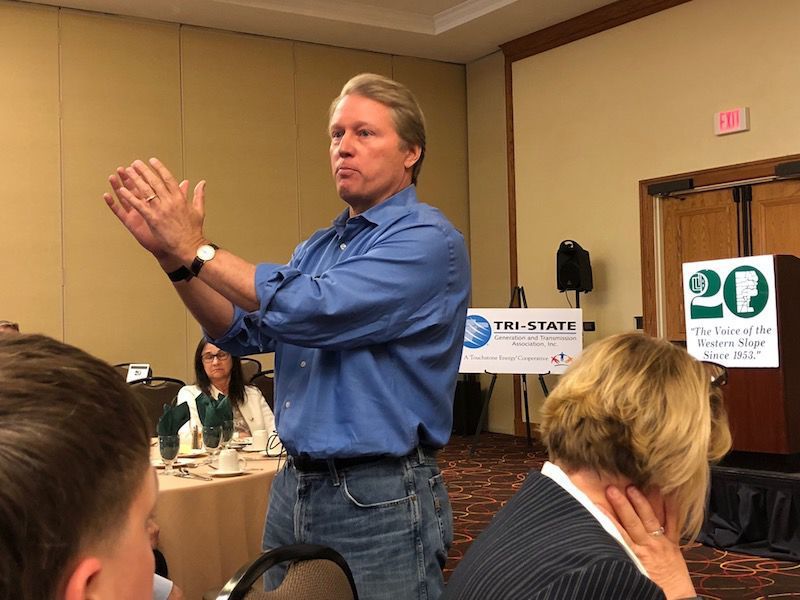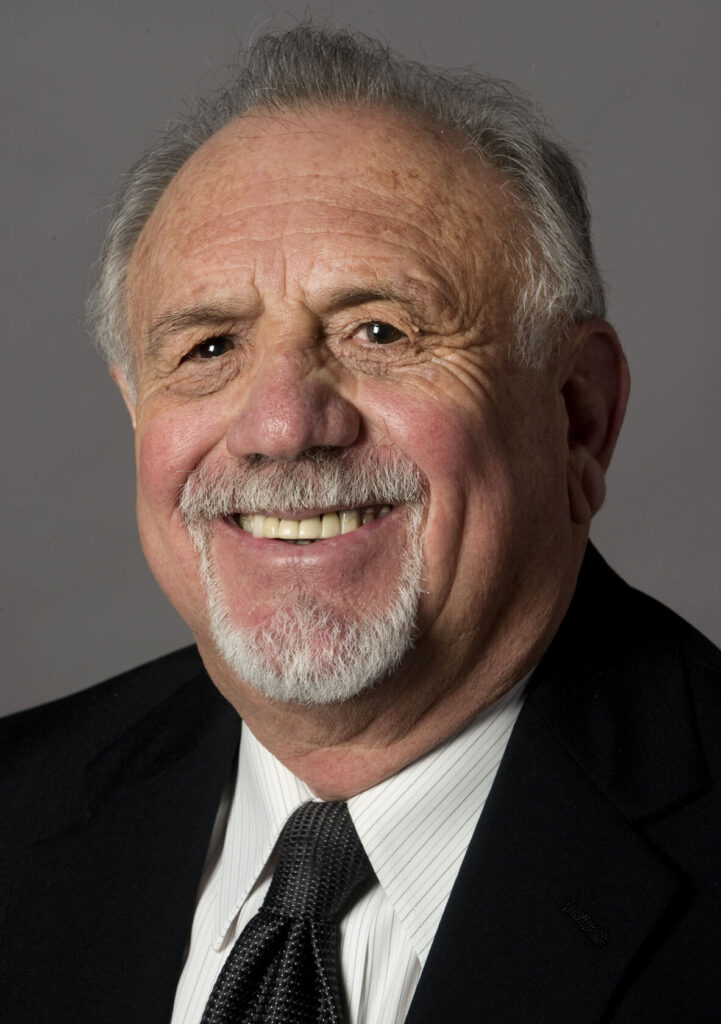Colorado’s students are starved for resources; let’s invest in them


The high school graduation rate just hit an all-time high. Chronic absenteeism has dropped by 8 percent since 2000. Record numbers of students took Advanced Placement exams in recent years.
No, these facts aren’t about Colorado’s public schools. They’re about New York City’s public school system, which is improving after employing a number of evidence-based approaches in recent years.
Colorado, on the other hand, has the nation’s sixth-lowest graduation rate. Nearly 20 percent of its public school students are chronically absent. But most alarming, it has fallen to 42nd in the nation in average per-pupil funding, spending $2,073 less on each student than the national average. Unsurprisingly, New York City spends more per student than any other school system.
Why is Colorado ranked so low? It’s certainly not a poor state. Median household income ranks 11th in the nation and unemployment is near rock bottom. One reason is a growing sinkhole in the state education budget. The so-called “budget stabilization factor” introduced during the Great Recession has led to a total shortfall of $8.1 billion and counting. Put simply: Colorado’s students are starving for resources.
It’s time for Colorado’s elected officials to prioritize investment in students and the teachers who educate them. They should start by eliminating the budget stabilization factor this legislative session as the first step toward sufficiently funding education.
Recent student improvement in school systems across the country shows what public schools are capable of if they’re adequality funded. Part of New York City’s success has to do with its Community Schools Initiative. According to a Rand Corp. study released in January, 113 of the city’s public schools using the “community school” model experienced improvements in attendance, graduation rates, math scores, and the rate at which students advance grade levels.
Community schools are public schools that give students, particularly those in underresourced communities, the resources they need to thrive. Each community school is different, tailored to the needs of students and the surrounding community. The typical New York City community school has an hour of extra learning time, works with families to boost attendance, and employs an additional staff member to coordinate resources, like medical and mental health support.
Colorado already has community schools. At Malley Drive Elementary in Northglenn, for example, teachers visit with families at their homes, students receive dental checkups, and parents are offered GED classes. Over the past two years, the school has decreased chronically absent students by over 50 percent.
Whether or not resources are provided through the community school model, Colorado’s students deserve far more support than they’re getting now. A teacher shortage has led to overstretched educators and increased class sizes. The average teacher starting salary is $33,483, which is 47th in the nation. It should go without saying that higher pay means more qualified teachers and less turnover, which boosts student academic performance.
Unfortunately, some Colorado elected officials have pushed policies and wasted valuable resources based on the ideology of “education reform.” The state continues to pour millions of dollars into independently operated charter schools and high-stakes testing that siphons funding out of classrooms. Last year alone, Colorado paid the multinational corporation Pearson $29 million for testing services. Due to lax regulation, the state’s charter schools have found ways to defy rules meant to provide ample resources for students. Some charter schools have even hired teachers without college degrees.
Fortunately, state leaders have a way forward staring them in the face. Ending the budget stabilization factor will free up public money for evidence-based methods rather than more misguided attempts at education reform. We know what students need to thrive – there just needs to be enough money to pay for it.
Jeremy Mohler is communications director of In the Public Interest, a national nonprofit organization that studies public goods and services.













